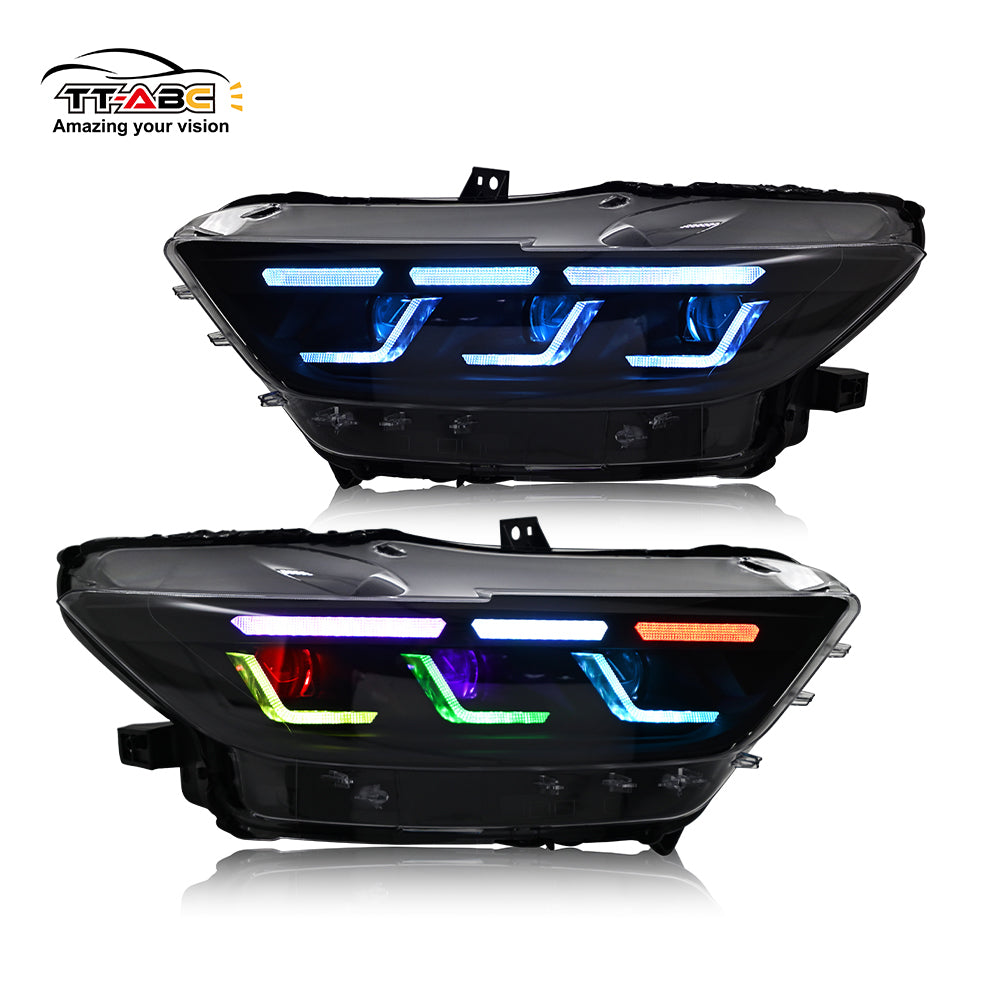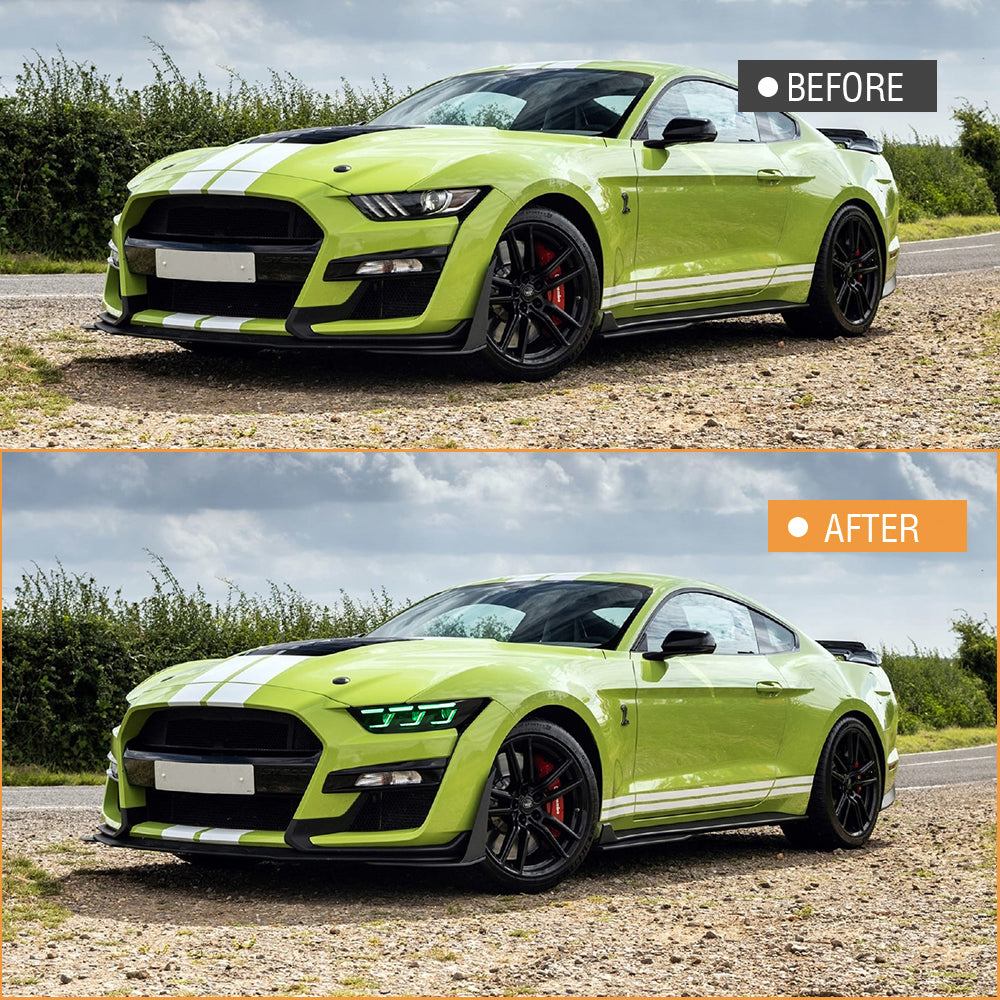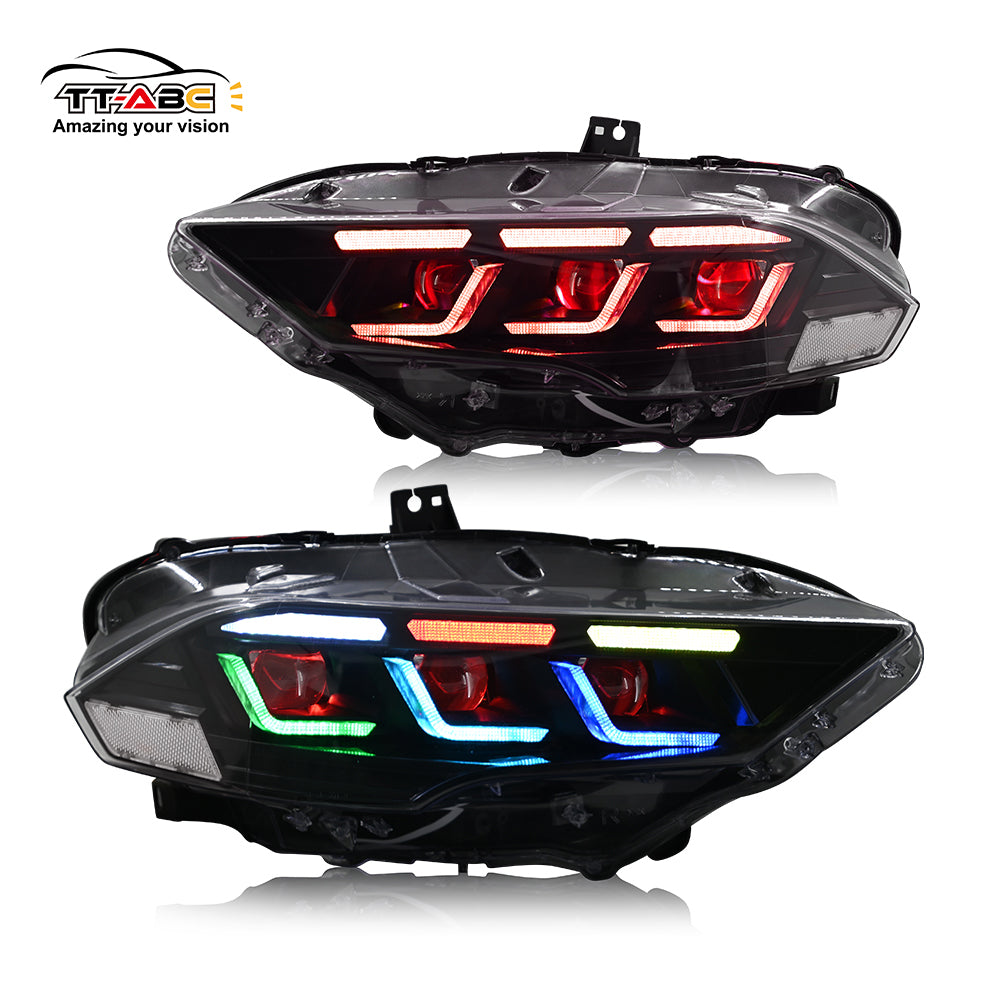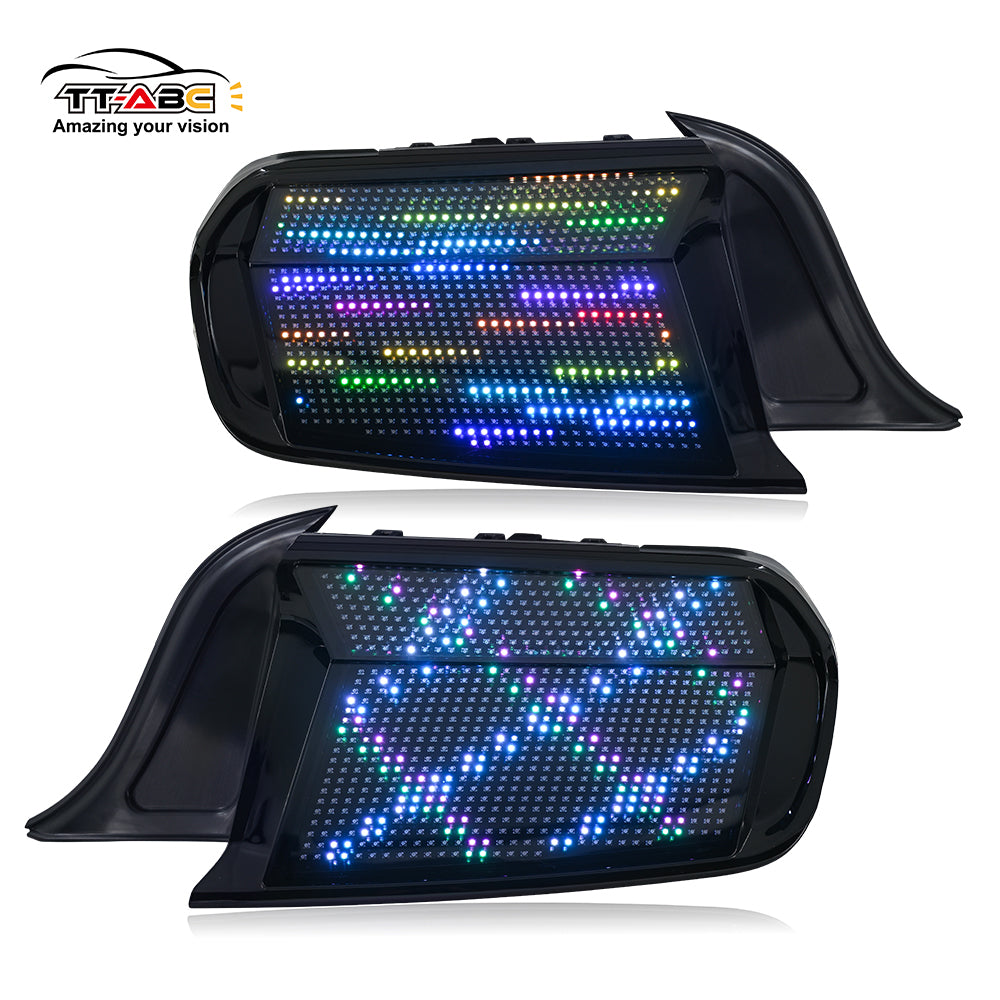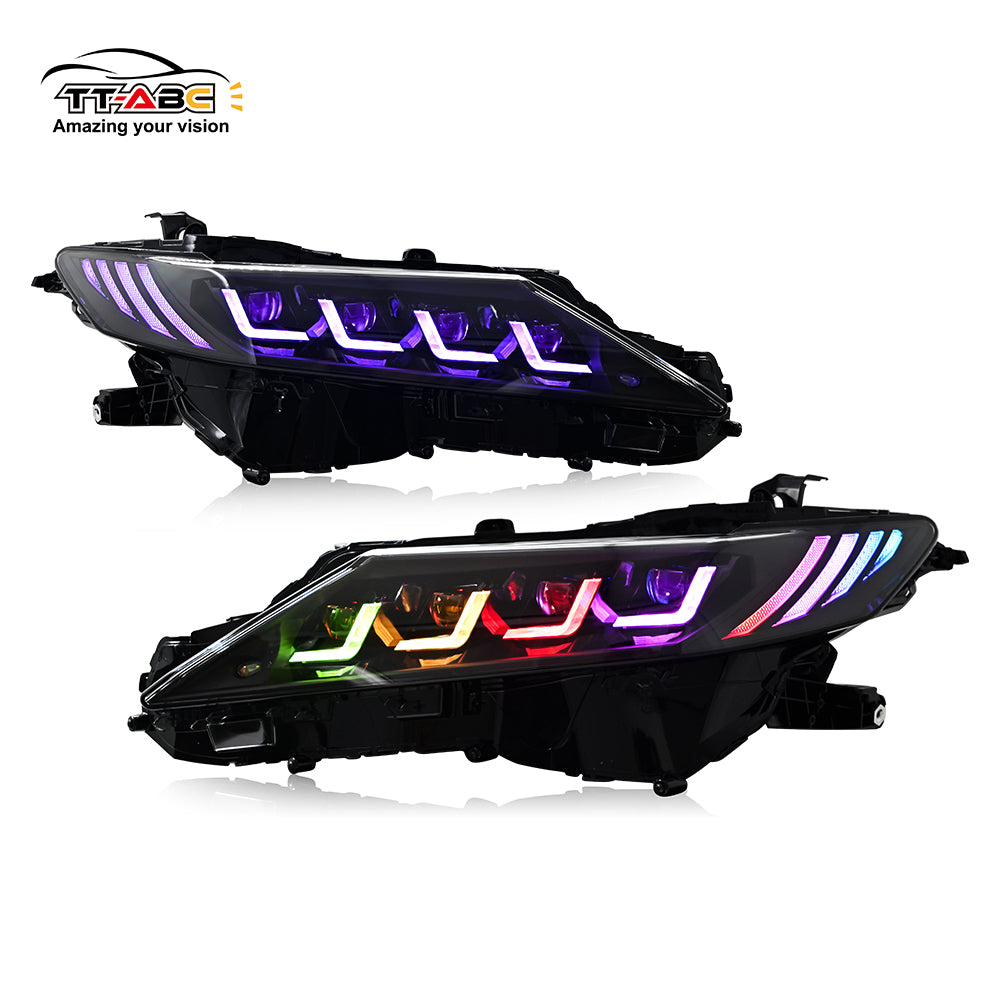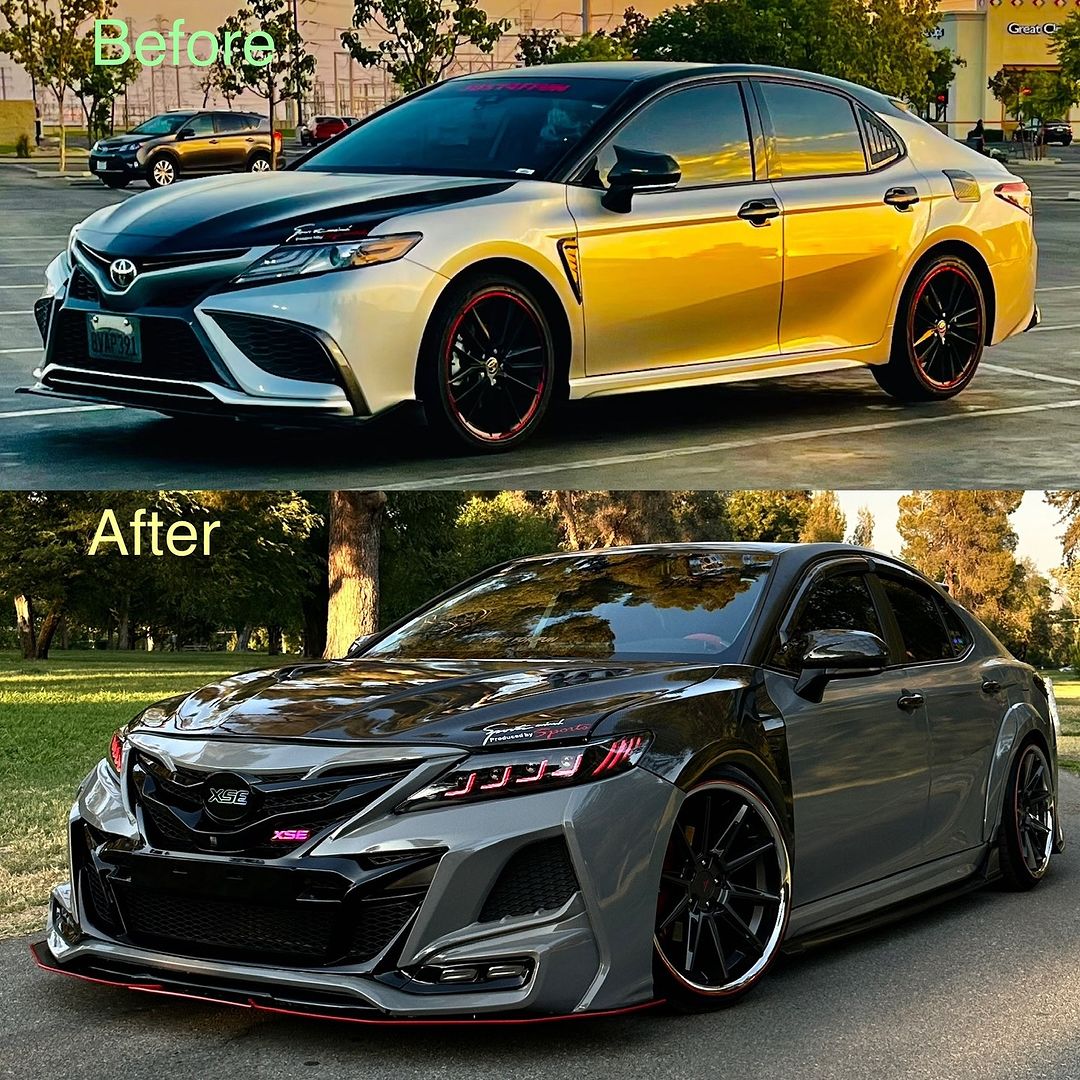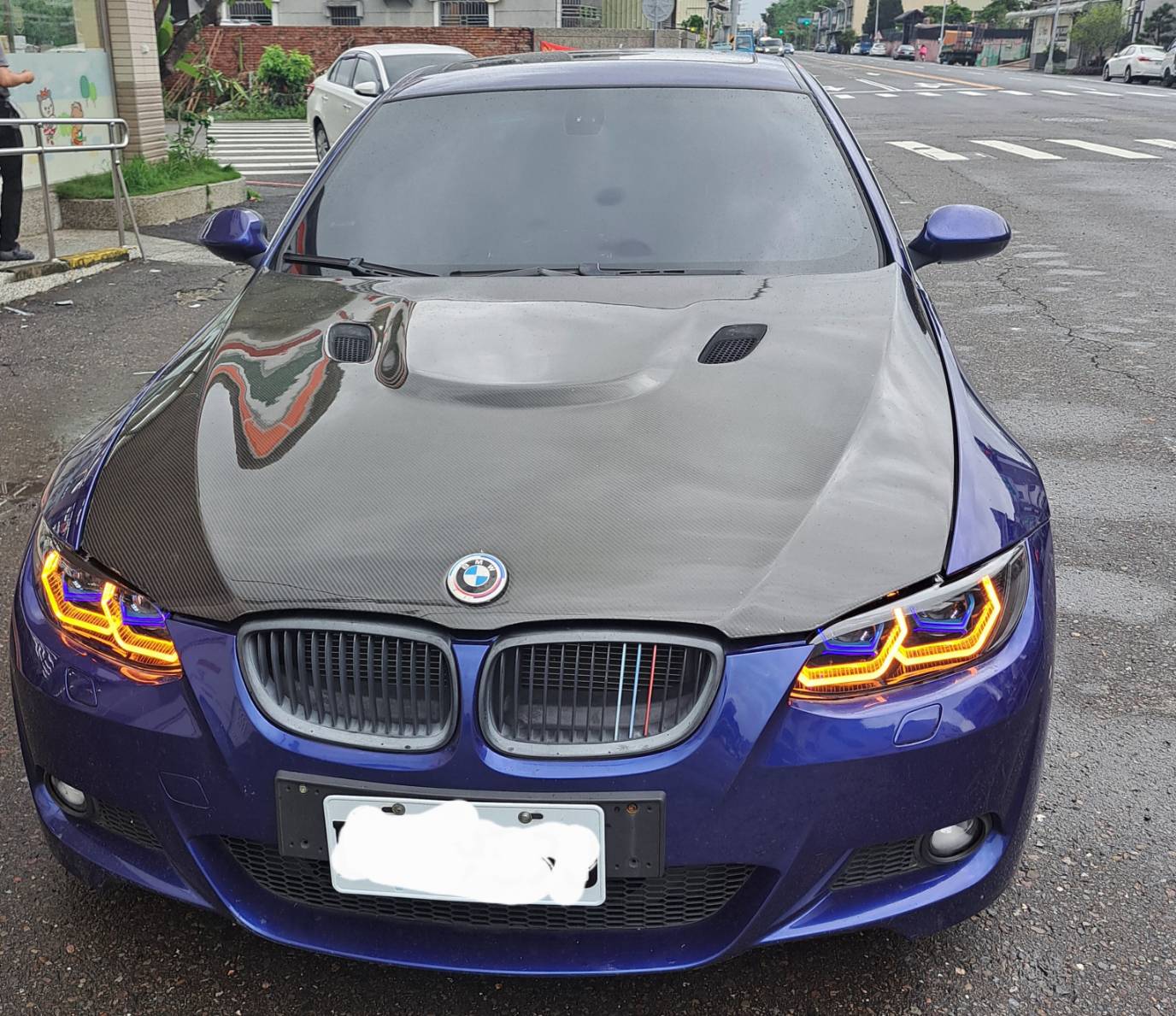Introduction: TT-ABC has sorted out the knowledge of car lights: the relevant knowledge of the types and functions of car lights, and solved the confusion encountered by car owners in the process of using the car.
For vehicles, lights are just as important as human eyes. The normal opening or closing is related to whether the owner can safely drive the vehicle to the destination. Simply put, the headlight has two functions, one is to provide illumination for the driver and provide a good vision in bad weather or at night; the other is to play a warning role, in order to remind other vehicles and personnel...
Type of lights
The classification of headlights can be divided into two methods, the first one: according to the location and use, the second one: according to the material of the bulb, as follows:
Depending on the installation location and use:
Vehicle lights can generally be divided into: external lighting devices, internal lighting devices. Commonly used car headlight models are: H1/H3/H4/H7, etc. The types, characteristics and uses of car lighting are shown in the following table:
Note: If you find that the lights are not on, you must deal with it in time, so as not to affect your normal travel!
| Type | Features at work | Use | |
|---|---|---|---|
| Exterior lighting | |||
| headlamp (Headlights) | White is always bright, far and near light changes | Provide protection for drivers to drive safely | |
| fog lights | Yellow, orange or red, monofilament always on | Ensuring effective lighting and providing signals in rainy, snowy and foggy days | |
| License Plate Light | white, always on | Used to illuminate the rear license plate of a car | |
| Dome light | white, always on | For nighttime interior lighting | |
| Internal lighting | |||
| Instrument lights | white, always on | Illumination when viewing instruments at night | |
| trunk light | white, always on | Lighting for picking up luggage at night |
In addition to the lights on the car, there are also light signal signs used to indicate other vehicles or pedestrians. These lights are called signal lights. Common signal lamp types include the following series: P21W, W5W, R10W, T5W and C5W, etc.
Signal lights are also divided into external signal lights and internal signal lights. External signal lights refer to turn indicators, brake lights, tail lights, width lights, and reversing lights. Instrument indicators such as braking and door closing prompts. The types, characteristics and uses of automobile signal lights are shown in the following table:
| Type | Features at work | Use | |
|---|---|---|---|
| Exterior lighting | |||
| turn signal | amber, flashing alternately | Inform passers-by or other vehicles that the turn will be | |
| The width light | White or yellow solid | Logo car width outline | |
| stop light | White or red steady light | Indicates that the car has been stopped | |
| brake light | red, always on | Indicates that it has slowed down or will stop | |
| reversing lights | white, always on | Inform passersby or other vehicles that the vehicle will reverse | |
| Internal lighting | |||
| turn indicator | white, shiny | Informs the driver of the direction of the vehicle | |
| Other indicators | white, always on | Notifies the driver of the condition of the vehicle |
Here is a mention of daytime running lights, which are lamps that make the vehicle easier to identify when driving during the day, and are installed at the front of the body. In other words, this lamp is not a lighting lamp, it is not for the driver to see the road clearly, but to let others know that a car is coming, it belongs to the category of signal lights.
According to the bulb material:
Can be divided into:halogen lamps, xenon lamps and LED lamps.
1. Halogen lamp
Features: Halogen lamps are cheap and widely used, but their lifespan is short, usually hundreds of hours.
2. Xenon lamp
Features: Xenon lamps are modified parts, and xenon bulbs have two significant advantages: on the one hand, xenon bulbs have three times higher light intensity than ordinary halogen bulbs, but consume only two-thirds of the energy; on the other hand, xenon bulbs The use of almost the same light color as sunlight creates better visual conditions for the driver. Xenon lamps make the light range wider and the light intensity larger, which greatly improves the safety and comfort of driving.
Xenon lamp models can be divided into three types: H series, 90 series and D series. Common car lamp models are H1\H3\H4\H7, etc. The correct model must be purchased when replacing.
3. LED lights
Features: LED lights are small in size, low in energy consumption, less heat dissipation, long in service life, and rich in colors, meeting the different needs of car lamp modification enthusiasts.
Usually the original configuration of the lights of low-priced cars is low. It is recommended to upgrade after a certain period of time to ensure the lighting effect of the lights and ensure safe driving.











